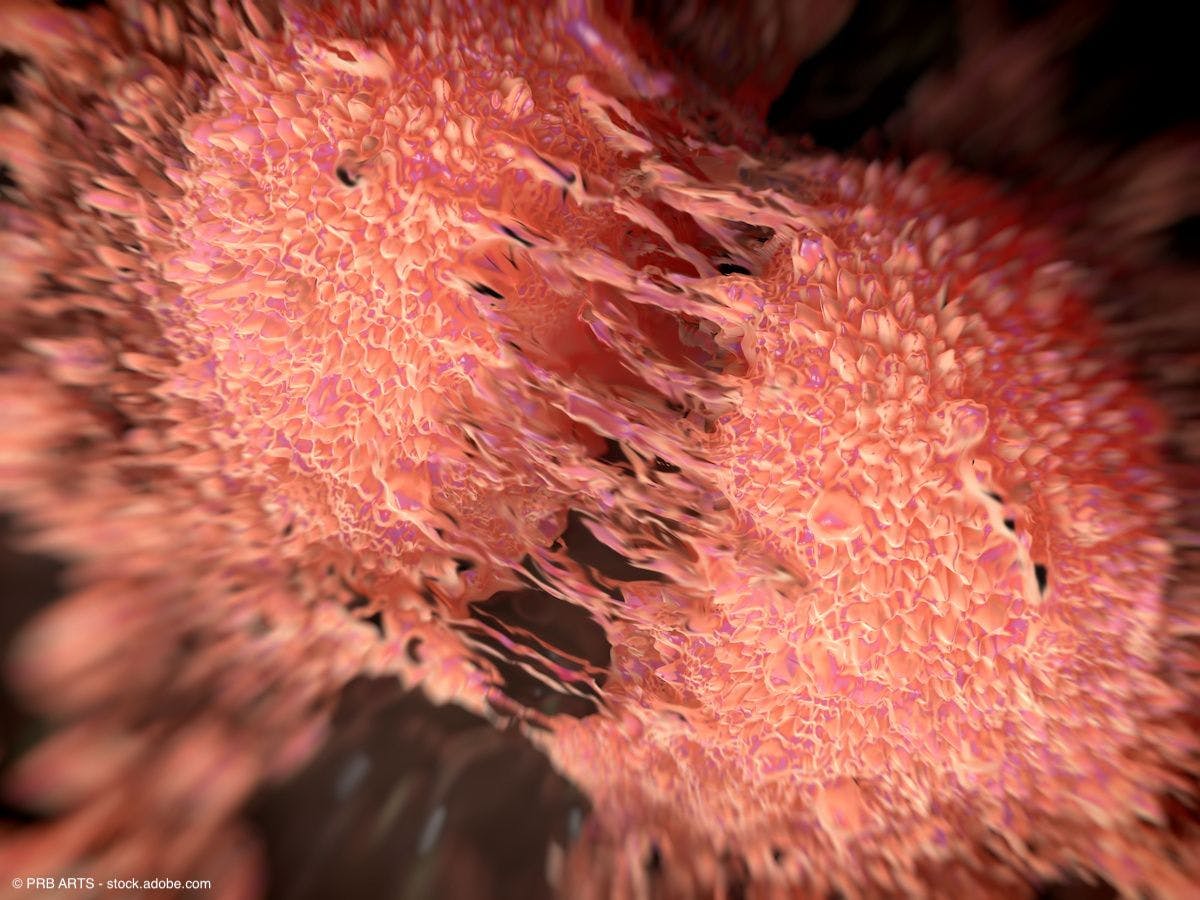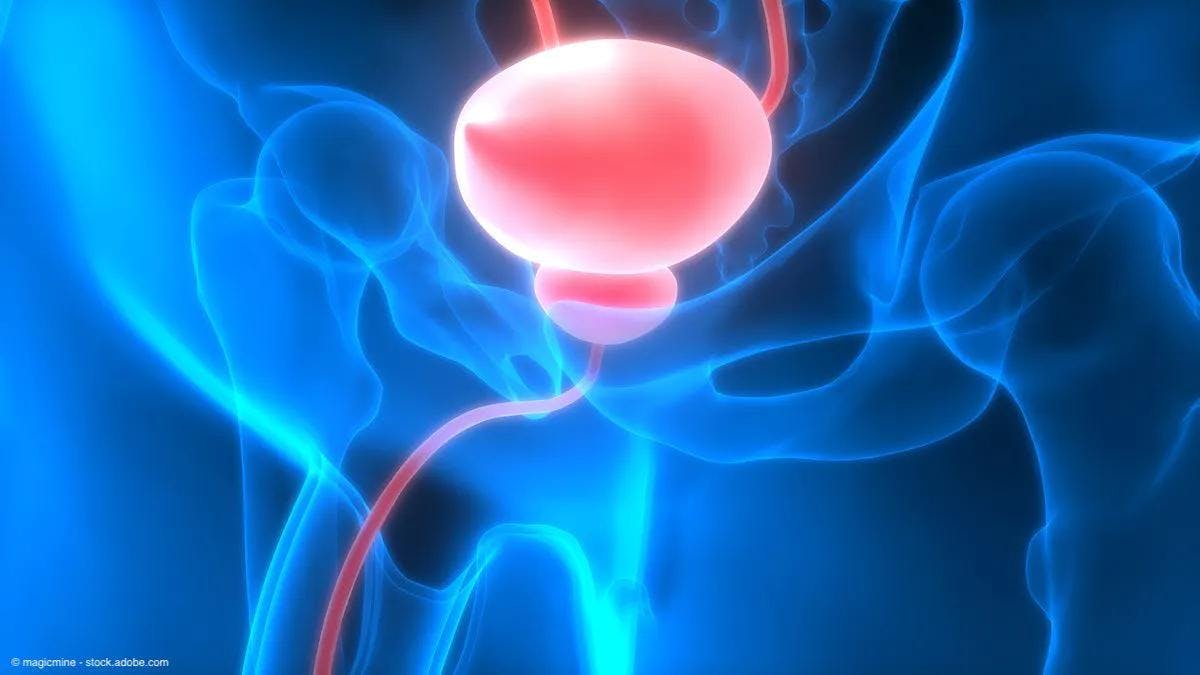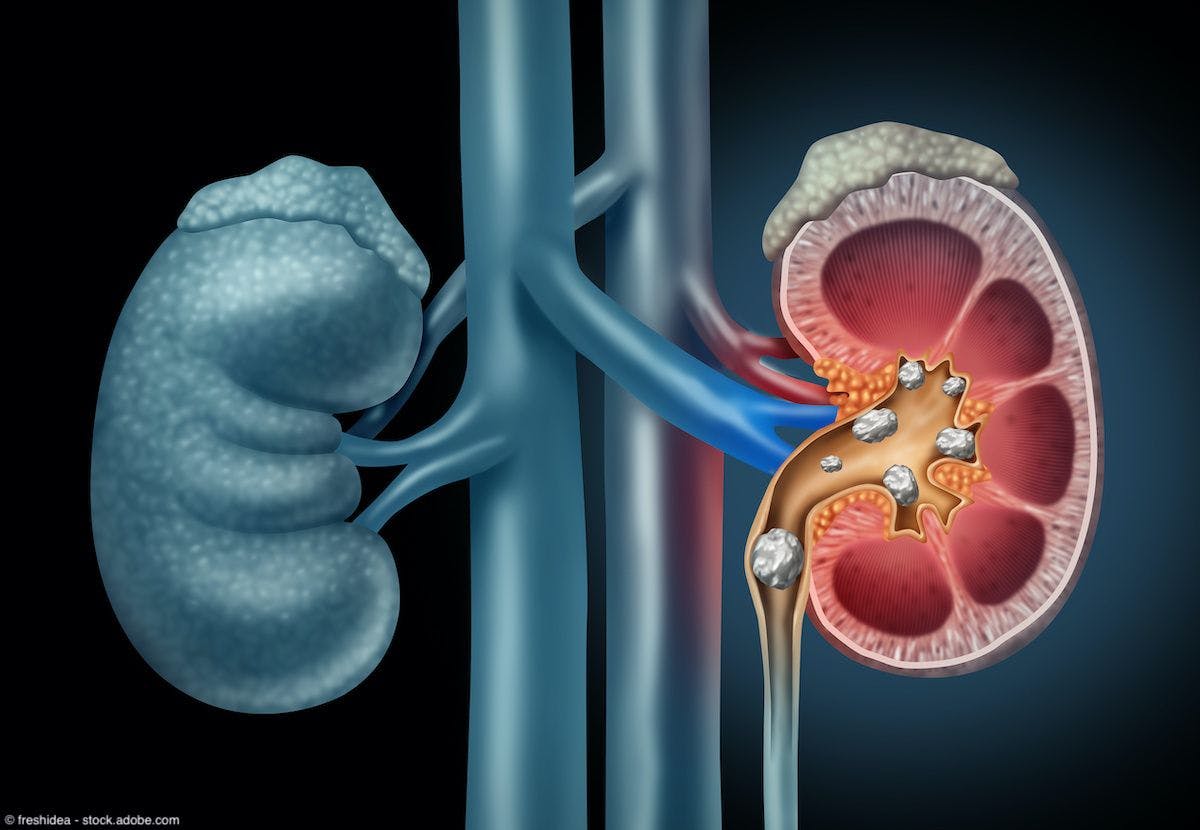Opinion
Article
Urology Times Journal
Prostate cancer treatment deintensification: When less is more
Author(s):
"Despite challenges, ongoing research and advancements in risk stratification, imaging techniques, and targeted therapies are paving the way for personalized and precision medicine approaches in prostate cancer management," writes Michael S. Cookson, MD, MMHC, FACS.
Michael S. Cookson, MD, MMHC, FACS

Early treatment intensification for patients with advanced and metastatic prostate cancer has been receiving a lot of attention based on results of new clinical trials demonstrating survival benefit as compared with traditional standard of care.1,2 And because there is real value, including meaningful overall survival benefit, the potential for increased toxicity and cost may be justified. However, equally deserving of attention is the emerging evidence in support of treatment deintensification for patients with prostate cancer in the appropriate clinical context. These approaches aim to tailor treatment based on individual patient characteristics, reduce treatment-related adverse events (TRAEs), and improve patients’ overall quality of life. Deintensification strategies in prostate cancer include active surveillance of early-stage disease, focal therapies, less invasive surgery, and radiation therapy with omission of androgen deprivation therapy (ADT). Another strategy is to recommend against adjuvant radiation or ADT and instead use a risk-stratified approach to treatment for low- and high-risk relapsing patients.
For many patients with low risk and favorable intermediate risk, treatment deintensification with active surveillance was an initial example of the understanding that many could be monitored and therefore avoid the harms of overtreatment. However, early physician concern about missing aggressive disease, coupled with patient fears and uncertainties, resulted in a more intense surveillance protocol than necessary for many patients. The next natural step was to reduce the harms of active surveillance by avoiding unnecessary, untimely, and often repetitive prostate needle biopsies. Multiparametric MRI, clinical and pathologic variables, and selective use of genomic classifiers have now been woven into the fabric of surveillance, allowing us to more properly designate patients who may require a more aggressive surveillance protocol while allowing for a more relaxed algorithm for those at low risk for disease progression.
Early treatment of localized prostate cancer is also undergoing a renaissance with the emergence of focal therapies and refinements in minimally invasive approaches. Focal therapy selectively treats the index lesion within the prostate while preserving surrounding healthy tissue.3 Focal therapy potentially may minimize treatment-related morbidities, such as urinary incontinence and erectile dysfunction, compared with whole-gland therapy.
High-intensity focused ultrasound, MRI-guided transurethral ultrasound ablation, cryoablation, irreversible electroporation, and photodynamic therapy are just some examples of technologies that allow for more focal treatment while reserving the ability for whole-gland treatment when indicated.3 However, challenges remain in accurately identifying the index lesion and selecting patients who are optimal for focal therapy.
In patients with localized prostate cancer, recent data have suggested that those with favorable intermediate risk do not benefit from the addition of ADT, whereas patients with unfavorable intermediate-risk prostate cancer continue to show a failure-free survival benefit.4 In recognition of this, guidelines from the American Urological Association (AUA), American Society for Radiation Oncology, and Society of Urologic Oncology (SUO) now recommend informing patients that favorable intermediate-risk prostate cancer can be managed with radiation therapy alone.5 Thus, de-escalation of ADT in patients with favorable risk prostate cancer undergoing radiation therapy is another example of reducing potential harm and AEs without compromising cancer control.
Surgical techniques have and will continue to evolve. The shift from open to minimally invasive surgery and emergence of robot-assisted prostatectomy over the past decade have helped to reduce morbidities, including a decrease in blood loss and length of stay and faster return to routine daily activities. Surgical refinements beyond nerve sparing include preservation of the pelvic fascia and support structures through a variety of approaches, all aimed at improving functional recovery, including return of urinary continence.
Another important issue is the preoperative prediction of lymph node involvement. Depending on this prediction, the need for pelvic lymphadenectomy during radical prostatectomy is determined. Tools to predict positive lymph nodes include Partin tables and the Briganti nomogram, as well as the Memorial Sloan Kettering Cancer Center nomograms.6 They all have shown similar accuracy; their predictive value rests largely in the available clinical factors. Using a cut point of approximately 5% to 7% for prediction of positive lymph nodes, pelvic lymphadenectomy can be safely omitted and avoid the potential associated complications. These nomograms can be downloaded from the Internet as mobile phone applications to facilitate their use in practice.
ADT has been a cornerstone of treatment for advanced or aggressive prostate cancer. However, recent studies have explored the concept of hormone therapy de-escalation to minimize TRAEs. Clinical trials such as STAMPEDE (NCT00268476) and LATITUDE (NCT01715285) have demonstrated the efficacy of short-term or intermittent ADT in certain patient populations.7-9 Additionally, the use of novel androgen receptor–targeted agents such as enzalutamide (Xtandi) and abiraterone (Zytiga), in combination with ADT, offers opportunities for reducing treatment duration and optimizing outcomes.
An example of de-escalation in patients with biochemical recurrence (BCR) after primary treatment. It is recommended by AUA/SUO guidelines to observe patients with BCR at low risk for development of metastases, which is usually represented by a slow prostate-specific antigen doubling time (PSADT).9 For those patients with high-risk features, including a PSADT of 9 months or less, we now have guidance from the recently published EMBARK trial (NCT02319837), a phase 3 randomized study of enzalutamide or placebo plus leuprolide acetate (LA) and enzalutamide monotherapy in high-risk biochemically recurrent prostate cancer.10 The primary end point was metastases-free survival (MFS). PSA was assessed at 36 weeks, and if patients had a PSA level lower than 0.2 ng/mL, treatment was suspended at week 37 and PSA was monitored, with treatment reinitiated if PSA rose again. In patients with a PSA level higher than 0.2 ng/mL, the treatment was continued. After median follow-up of approximately 5 years, the MFS for enzalutamide plus LA (HR 0.42; 95% CI, 0.30-0.61; P<.0001) and enzalutamide monotherapy (HR 0.63; 95% CI, 0.46-0.87; P=.0049) was statistically superior to placebo plus LA. Thus, there are guidelines recommending observation in patients with low-risk BCR. And with new level 1 data, there is the opportunity to offer ADT plus enzalutamide or enzalutamide monotherapy to patients with high-risk BCR, with the possibility of intermittent therapy for those who demonstrate a robust response.
Implementing treatment deintensification strategies in prostate cancer poses several challenges, including ensuring accurate risk stratification, refining selection criteria, developing standardized surveillance protocols, and establishing reliable biomarkers for disease progression. Additionally, long-term data on oncological outcomes and patient-reported outcomes are essential to assess the efficacy and safety of deintensification approaches. Collaborative research efforts, clinical trials, and multidisciplinary decision-making frameworks are vital for advancing the field of treatment deintensification in prostate cancer. Treatment deintensification strategies in prostate cancer, such as active surveillance, focal therapy, and hormone therapy de-escalation, offer viable options for reducing treatment-related morbidities and improving patients’ quality of life without compromising oncological outcomes. Despite challenges, ongoing research and advancements in risk stratification, imaging techniques, and targeted therapies are paving the way for personalized and precision medicine approaches in prostate cancer management.
References
1. Fizazi K, Tran N, Fein L, et al. Abiraterone acetate plus prednisone in patients with newly diagnosed high-risk metastatic castration-sensitive prostate cancer (LATITUDE): final overall survival analysis of a randomised, double-blind, phase 3 trial. Lancet Oncol. 2019;20:686-700. doi:10.1016/S1470-2045(19)30082-8
2. Smith MR, Saad F, Hussain M, et al. ARASENS: A phase 3 trial of darolutamide in combination with docetaxel for men with metastatic hormone-sensitive prostate cancer (mHSPC). J Clin Oncol. 2018;36(suppl 6):TPS383. doi:10.1200/JCO.2018.36.6_suppl.TPS383
3. Hopstaken JS, Bomers JGR, Sedelaar MJP, et al. An updated systematic review on focal
therapy in localized prostate cancer: what has changed over the past 5 years? Eur Urol. 2022;81(1):5-33. doi:10.1016/j.eururo.2021.08.005
4. Agrawal V, Ma X, Hu JC, et al. Trends in androgen deprivation use in men with intermediate-risk prostate cancer who underwent radiation therapy. Adv Radiat Oncol. 2022;7(4):100904. doi:10.1016/j.adro.2022.100904
5. Sanda MG, Cadeddu JA, Kirkby E, et al. Clinically localized prostate cancer: AUA/ASTRO/SUO guideline. Part I: risk stratification, shared decision making, and care options. J Urol. 2018;199(3):683-690. doi:10.1016/j.juro.2017.11.095
6. Markić D, Oguić R, Krpina K, et al. The role of lymphadenectomy in prostate cancer patients. Acta Clin Croat. 2019;58(Suppl 2):24-35. doi:10.20471/acc.2019.58.s2.05
7. Fizazi K, Foulon S, Carles J, et al. Abiraterone plus prednisone added to androgen deprivation therapy and docetaxel in de novo metastatic castration-sensitive prostate cancer (PEACE-1): a multicentre, open-label, randomised, phase 3 study with a 2 × 2 factorial design. Lancet. 2022;399(10336):1695-1707. doi:10.1016/S0140-6736(22)00367-1
8. James ND, Bono JS de, Spears MR, et al. Abiraterone for prostate cancer not previously treated with hormone therapy. N Engl J Med. 2017;377(4):338-351. doi:10.1056/NEJMoa1702900
9. Lowrance WT, Breau RH, Chou R, et al: Advanced prostate cancer: AUA/ASTRO/SUO guideline PART I. J Urol. 2021; 205(1):14-21. doi:10.1097/JU.0000000000001375
10. Shore N, de Almeida Luz M, De Giorgi U, et al. EMBARK: a phase 3 randomized study of enzalutamide or placebo plus leuprolide acetate and enzalutamide monotherapy in high-risk biochemically recurrent prostate cancer. J Urol. 2023;209(suppl 4S):e1190. doi:10.1097/JU.0000000000003361.09

Newsletter
Stay current with the latest urology news and practice-changing insights — sign up now for the essential updates every urologist needs.





























